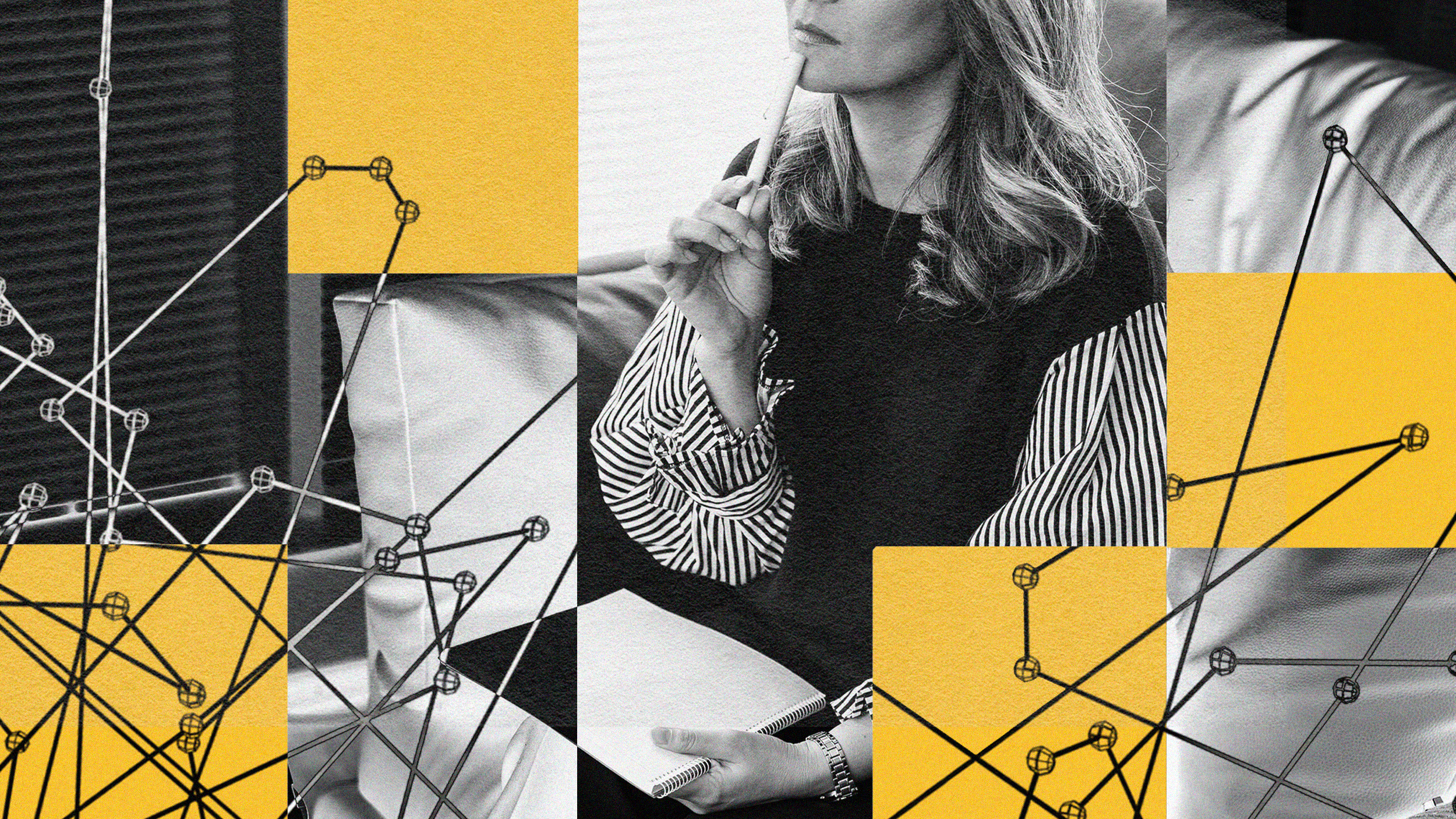How leaders can overcome the fear of reinvention

- The core role of leaders is to help others reach places they wouldn’t have reached otherwise — and that requires reinvention.
- Style and methods may become obsolete when heading in a new direction.
- It’s worth distilling and reinforcing the “how” of success and letting go of the “what.”
You’ve heard of the fear of failure. But what about fear of reinvention?
I define the core role of leaders as helping others reach places they wouldn’t have reached otherwise. In order to do that, they need to reinvent their organizations — and themselves in the process.
Take the B-Lab UK movement, whose CEO and Leadership Team I have been supporting over the past year. They have introduced the influential BCorp standard which allows businesses to certify based on their environmental and social impact. Companies in the BCorp movement have already reached 3% of the UK GDP. But they want to do even more by having a more systematic impact on the business sector. That’s the kind of reinvention we are talking about. It takes determination and it takes courage. But it can be done.
In my first book, Intrinsic, I wrote about the spiraling rates of anxiety among our young people and the role of social media and comparison culture in fueling a “fear of failure” youth epidemic. For the established leaders that I work with, however, fear of failure is far less relevant. Most have successfully climbed the ladder; they are already seriously accomplished. But this brings with it a new fear. As a result of scaling these heights, their identity and sense of self-worth can become deeply embedded in the ‘what’ of their success. Then an inflection moment arises. And with it the opportunity to navigate their organizations and themselves towards a fundamentally better and more exciting place.
The challenge is that with the possibility of a new sunrise, we often need to accept a sunset over what has created our existing success. With a new direction, our original approach, style and methods may become obsolete, even if they were what made us stand out previously. This might feel scary, both emotionally as well as rationally, and destabilizing.

Thinkers like the late Clayton Christensen have written about the “innovator’s dilemma” — how those inventing new products are held back by the fear of how they will ultimately undermine their existing products. And we know the cautionary tales of Blockbuster and Kodak, which resisted the opportunity to reimagine and reinvent themselves because they had such profitable legacy businesses.
But sunsets can also be beautiful. (Wouldn’t you agree?)
The challenge is to look at reinvention using the right lens. We may be tempted to see it through the prism of the status quo — our success in that moment. Instead, we need to compare it to what would happen if the status quo were allowed to continue. In this context, almost always, our current good fortune is unsustainable. That’s a useful exercise to run with your team — to play out what would happen if the present just continued.
The challenge is to look at reinvention using the right lens.
And we also forget the real root causes of our existing success. Our “secret sauce” is usually not just the “what” of our methods and tools. Instead, our success often reflects “how” we have gone about things — our drive, our curiosity and our focus on the people we are helping to serve. The more human qualities that almost always lead to success. Hopefully, that realization allows us to be open to change — and to let go of the “what.” It’s really worth distilling the “how” of our success and reminding our colleagues of that “how”. It’s also important to keep reinforcing that “how” in everything we do as an organization.
For example, I’ve been working with JKS Restaurant Group, which has a range of exciting restaurant brands and just won a second Michelin Star for its fine-dining Indian restaurant, Gymkhana. The Founders’ DNA — particularly entrepreneurialism — is a big part of the Group’s success, and a lot of what we have been thinking about is how to distill that so it is embedded in the organization’s culture as it continues to grow.
The reality is that inflection moments are composed of both sunrises and sunsets. We have to accept both because one doesn’t come without the other — both when it comes to our organizations and ourselves as leaders.
For leaders, fear of reinvention is bigger than fear of failure. But it can be conquered with the right framing and mindset, and if we build powerful reinvention muscles. We just need to take the time and intentional effort to build these muscles. And if we do that, we’ll be powerfully role-modeling for the next generations in our workforce — and for our own kids.
And if we refuse to fully reinvent ourselves, to embrace the sunset, we will never open ourselves up to the brilliant radiance of a brand new sun.





